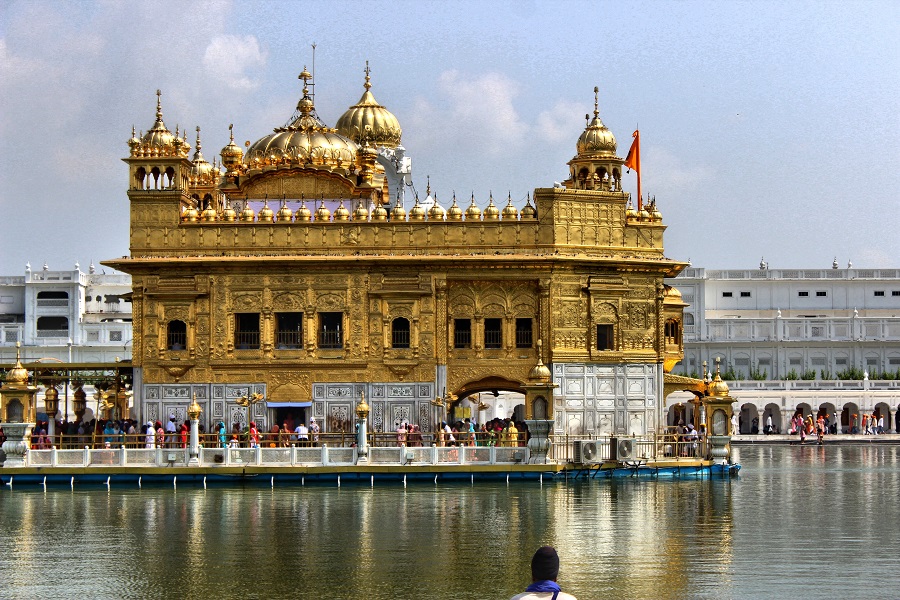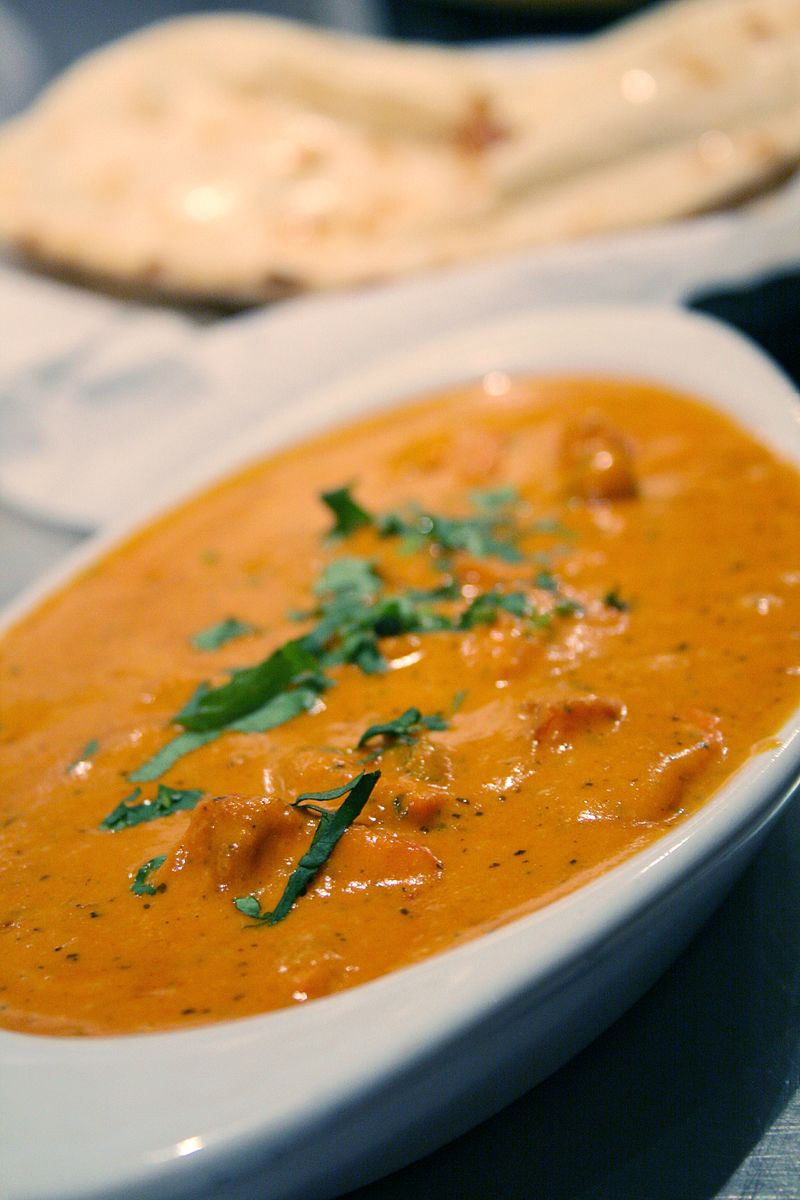Your cart is empty.
SUBTOTAL
£0.00

The tikka masala may be rather humble and mild in its heat, but it is an unmistakable Indian curry heavyweight. In every curry house up and down the UK (and indeed across the world), it’s a guaranteed staple.
Many people go as far as to say it’s the unofficial dish of Britain and it’s often been championed as a symbol of the country’s multiculturalism. In 2001, foreign secretary Robin Cook hailed it as ‘a true British national dish, not only because it is the most popular, but because it is a perfect illustration of the way Britain absorbs and adapts external influences’ but is this portrayal accurate?
Before you even get into the origins, it’s clear there are a lot of variants with this dish. There’s no standard recipe and a survey once found that out of 48 varying recipes, the only common denominator was chicken. Usually, the boneless pieces of chicken are marinated in spices and yogurt, then cooked in a tandoor oven. Ideally, these pieces should be aromatic and smoky before being served in a rich, creamy curry sauce that’s well spiced, but not overly hot (just the way the brits like it). Usually, this sauce will contain tomato purée, cream and coconut milk along with plenty of spices.
Here at Seasoned Pioneers, we’ve put together our very own Tandoori Masala spice mix. Hand picked, blended and roasted by our experts at our Wirral headquarters, this mix contains ground ginger root, white cumin seeds, coriander seeds, black salt, sea salt, ground amchoor, ground cayenne chillies, ground mace, ground cinnamon, ground turmeric and clove buds. So, if you’re looking to cook this dish up at home be sure to grab this spice mix online – it’ll make your life that much easier!
Although you now know what the dish is (roughly), the question still remains – where did this dish come from? The origins of this dish are uncertain, and hotly debated to this day. Some will tell you that entering into this discussion trying to deduce an answer is futile, but we’ll do our best to explain anyway.
Firstly, there are those who claim that the dish did indeed originate on the Indian subcontinent, most likely in the Punjab region.
Whilst many claim that it was indeed created on the Indian subcontinent, others will insist that actually, it was created by the South East Asian community in Britain. Food critic Rahul Verma claims he first tasted the dish in 1971, stating ‘it’s basically a Punjabi dish not more than 40–50 years old and must be an accidental discovery which has had periodical improvisations’.

On the other hand however, many credit it as an invention of Bangladeshi migrant chefs who were migrating from what was then East Pakistan (now Bangladesh). It’s not secret that throughout the 60s and 70s, these migrant chefs did develop and serve plenty of new inauthentic dishes that took heavy influence from their roots. There is a general, widely accepted story that a British Pakistani chef by the name of Ali Ahmed Aslam created the dish in his Glaswegian restaurant, improvising for a customer.
As Ali’s son tells it, on a (typically wet) dark night in Glasgow, a bus driver was finishing up a shift. He’d ordered his chicken curry but complained that it was too dry. So, Ali Ahmed Aslam decided he’d add some tomato soup into the curry along with some spices. Apparently he’d had an ulcer at this time hence why the tomato soup came to mind! The bus driver loved it and came back the next day with his mates. Before long, the dish was on the menu and voila. Chicken tikka masala was born.

Given all these conflicting claims and origin stories, perhaps Robin Cook really did sum it up best in 2001. He stated ‘Chicken tikka is an Indian dish. The masala sauce was added to satisfy the desire of British people to have their meat served in gravy’. We quite like this approach – it’s rather diplomatic. There’s no denying that the British people do love to have their meat served in gravy and it fits in with the Glaswegian bus driver story.
At the same time, it also acknowledges the Indian roots of the chicken tikka dish that go back as far as 5000 years ago, when the first clay tandoor ovens appeared. Furthermore, the small bite-size pieces of chicken that are known as tikka came into existence thanks to the found and first emperor of the mughal dynasty. Babur was a nitpicker – he had grown tired of choking on chicken bones so he ordered that his chefs removed all of them before the meat was cooked in the tandoor. These boneless pieces of chicken became known as ‘joleh’, the Persian word for ‘tikka’.
Amongst the origins of what, how, who, why, when and where, one thing is indisputably certain. The chicken tikka masala reigns supreme and will continue to be around for hundreds of years more.

Understanding Spices
Spices have long been integral to the UK's culinary landscape, adding depth, flavours, and richness to a myriad of dishes. From the pungent aroma of cumin in Indian curries to...
Read MoreUnderstanding Spices
Confetti is an essential part of any wedding day. Not only is it a wonderful way to greet a newlywed couple, but it also provides some beautiful photo opportunities. The...
Read MoreSeasonal Ideas
It’s no secret that any handmade gift will always be more special than a store-bought one. Homemade food gifts are especially wonderful, a labour of love that shows someone you...
Read MoreHealth and Wellbeing
It’s no secret that winter’s cold and gloomy weather makes us crave indulgent dishes like fondue and baked goods like sticky toffee pudding and apple crumble. While Christmas is the...
Read More